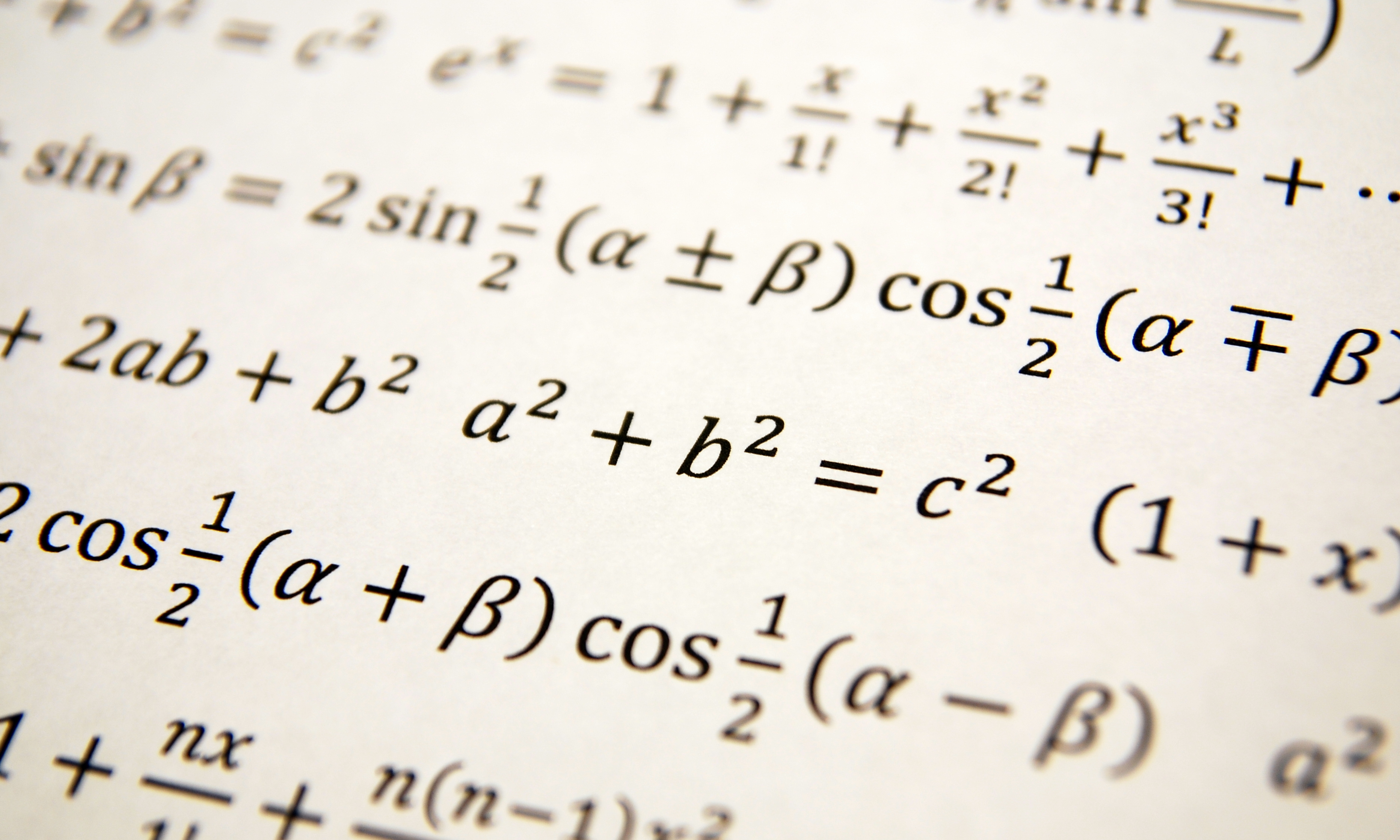When I meet people for the first time and they discover that I am a maths teacher/author I usually receive one of two reactions: ‘I hated maths at school and was never any good at it!’ or ‘I loved maths’. It is rare to find anyone in between these two extremes. Of those that hated maths I am always curious to ask them what was so awful about it and most responses will be ‘Algebra!’ (often accompanied by a dramatic shudder of revulsion). For many, the abstractness of the topic was just beyond them and the rules and steps they needed to follow were meaningless.
Consider one topic from algebra, solving equations. There are many different methods employed by teachers and students, and often these come with corresponding miscomprehensions for the students when used with no real depth of understanding. The main three methods and corresponding common problems are shown.
In my examining career I have had the pleasure of marking many thousands of exam papers over the years, and by far the most successful are those that use method 3.
I generally don’t start by attempting to teach solving equations, I have found that starting a lesson by building equations is the best way for students to overcome the problem of knowing the correct order to do the operations and understanding the mathematical terminology used within equations. It is also an excellent open-ended task where all students get the opportunity to work at their own levels and some very complicated equations can be built and subsequently solved. The starting point is also a lot less abstract because rather than not having a clue what the letter is there for, you are telling them right from the start what x is!
Start by writing an equation on the board and build up subsequent equations explaining notation as you go along.
At this point I would ask students what it would look like if I had done the first two operations the other way round, thus explaining the significance of the brackets.
Explaining the significance of the long line representing division is useful here.
Ask the students to check that x = 5 still satisfies this equation.
This can be repeated with the students having the opportunity to choose the operation and the numbers involved (restrict them to whole numbers 1 to 9 and the four basic operations +, -, x and ÷ to start with). With students having free reign they may well end up with some interesting decimals or fractions so it is a good idea to do a few on the board first before they go on to do some of their own. Ask them to vary the order of the operations and allow them to repeat operations if they desire, this is an excellent opportunity for group work and interesting discussions often ensue. For less able students you can restrict them to a couple of operations at a time, for more able you can allow them to use powers and roots too. Spend quite some time practising building the equations and, most importantly, each time they must ensure that they check that the original value satisfies their final equation. It is not worth rushing this process. I would spend at least a lesson on it, including introducing negative starting values of x and decimals too. Rounding errors, and how to avoid them in equation building, is also an interesting aside.
After some time practising this, that is when to move on to the step that many people start teaching equations with: the process of reversing the operations in order to solve the equations. Ask students to start with the equations they have built and they should only look back at the order of the steps that they have made to build them if they get stuck. With the good foundations that they have been given this process ought to be much easier and a lot less abstract, and my hope is that it may prevent a few shudders of revulsion in the future.
Kind regards,
Debbie Barton
Debbie Barton is a teacher, examiner and maths consultant with over 20 years’ experience. She’s written a number of books including Complete Mathematics for Cambridge Secondary 1. She also worked as a Gifted and Talented trainer and is passionate about ensuring able students are challenged with exciting stimulus.








